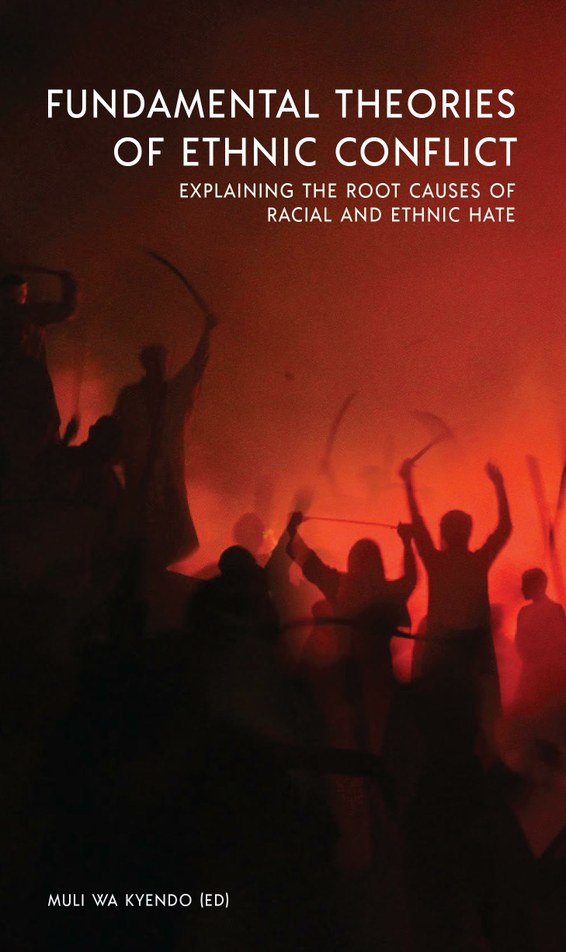|
How do you present characters in your fiction stories?
Perhaps, as an ideal writer, the character descriptions just roll off your brain as you create the story.
Or, on the other extreme, do you just drop in notes on characters (if any) while you concentrate on story and action. (I confess - that is me. )
In the off chance that you have the latter tendency, how can you include effective character descriptions after the first draft is done?
Step One - Make a list of all characters.
Step Two - For each one, copy paste the description you have into your list.
Step Three - Establish descriptions for your main characters. They need to be unique - completely different from each other. At least a paragraph.
Step Four - Drop in short descriptions for the others - also unique.
Step Five - work these into the place where each one enters the narrative, being careful to parse without distracting from the scene.
Step Six - this is important, not always done. For main characters, during the story, hint back to one or two main elements of that character's description. For example, instead of saying "She noticed a movement in the corner" try "Her dark blue eyes glinted toward a movement nearby."
And, above all, avoid the tendency to create characters who are all the same. Usually the same as you, the author. This happens a lot when a new author starts with fiction.
Does this sound like work? Yes, but it's a requirement when you write an effective story.
Good luck!
.
 Fundamental Theories of Ethnic Conflict, by Muli wa Kyendo (ed.)
Fundamental Theories of Ethnic Conflict, by Muli wa Kyendo (ed.)
Description
This book develops and expands on theories that aim at explaining the root causes of ethnic and racial conflicts. The aim is to shift focus from research, policies and strategies based on tackling the effects of ethnic and racial conflicts, which have so far been ineffective as evidenced by the increase in ethnic conflicts, to more fundamental ideas, models and strategies. Contents extend across many disciplines including evolution, biology, religion, communication, mythology and even introspective perspectives.around the world.
Drawn from around the world, contributors to the book are respected and experienced award winning authors, scholars and thinkers with deep understanding of their special fields of contribution. The book was inspired by the conditions in Kenya, where ethnic violence flared up with terrifying consequences following a disputed election in 2008. Although the conflict was resolved by the intervention of the international community, Kenyans – like many other Africans - continue to live in fear of ethnic conflicts breaking out with more disastrous consequences. The book will be useful to policy makers, NGOs and others involved in promoting peace. It will also be useful in guiding research and as a text book in universities and colleges.
Handbook of Research on Examining Global Peacemaking in the Digital Age, Bruce L. Cook (ed.)
Description
Violent behavior has become deeply integrated into modern society and it is an unavoidable aspect of human nature. Examining peacemaking strategies through a critical and academic perspective can assist in resolving violence in societies around the world.
The Handbook of Research on Examining Global Peacemaking in the Digital Age is a pivotal reference source for the latest research findings on the utilization of peacemaking in media, leadership, and religion. Featuring extensive coverage on relevant areas such as human rights, spirituality, and the Summer of Peace, this publication is an ideal resource for policymakers, universities and colleges, graduate-level students, and organizations seeking current research on the application of conflict resolution and international negotiation.
Visit our sister web sites..
http://www.author-me.com/
http://www.authormepro.com
http://www.reservebooks.com/
http://www.strategiesforpeace.org/
http://www.sudanlit.com/
http://www.cookcom.net/
http://www.innisfreepoetry.org
We have developed a world peace website: www.wwpo.org
Publishing New Writers,
November, 2020 (vol. 21, no. 11)
Publisher:
Dr. Bruce L. Cook
1407 Getzelman Drive
Elgin, IL 60123
Submissions/comments cookcomm@gmail.com. Links are welcome. To subscribe and/or review our archive of past newsletters, go to
http://www.author-me.com/newslist.htm